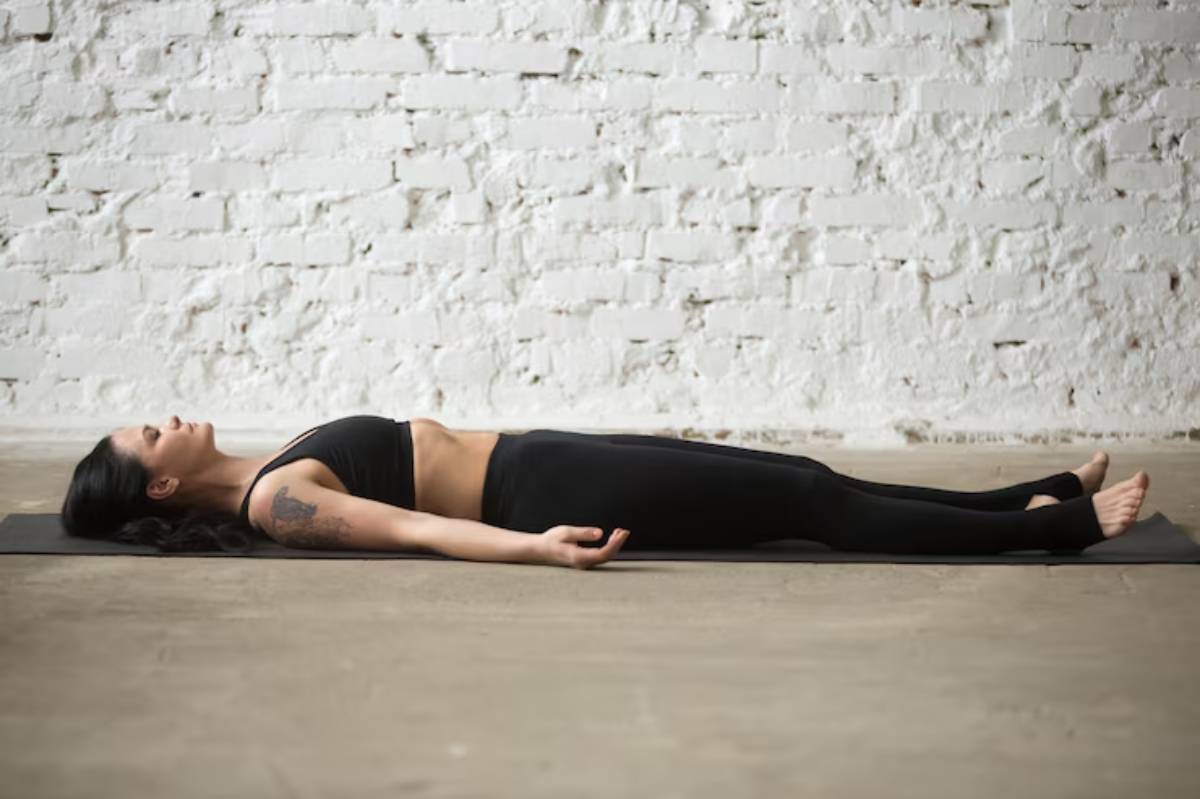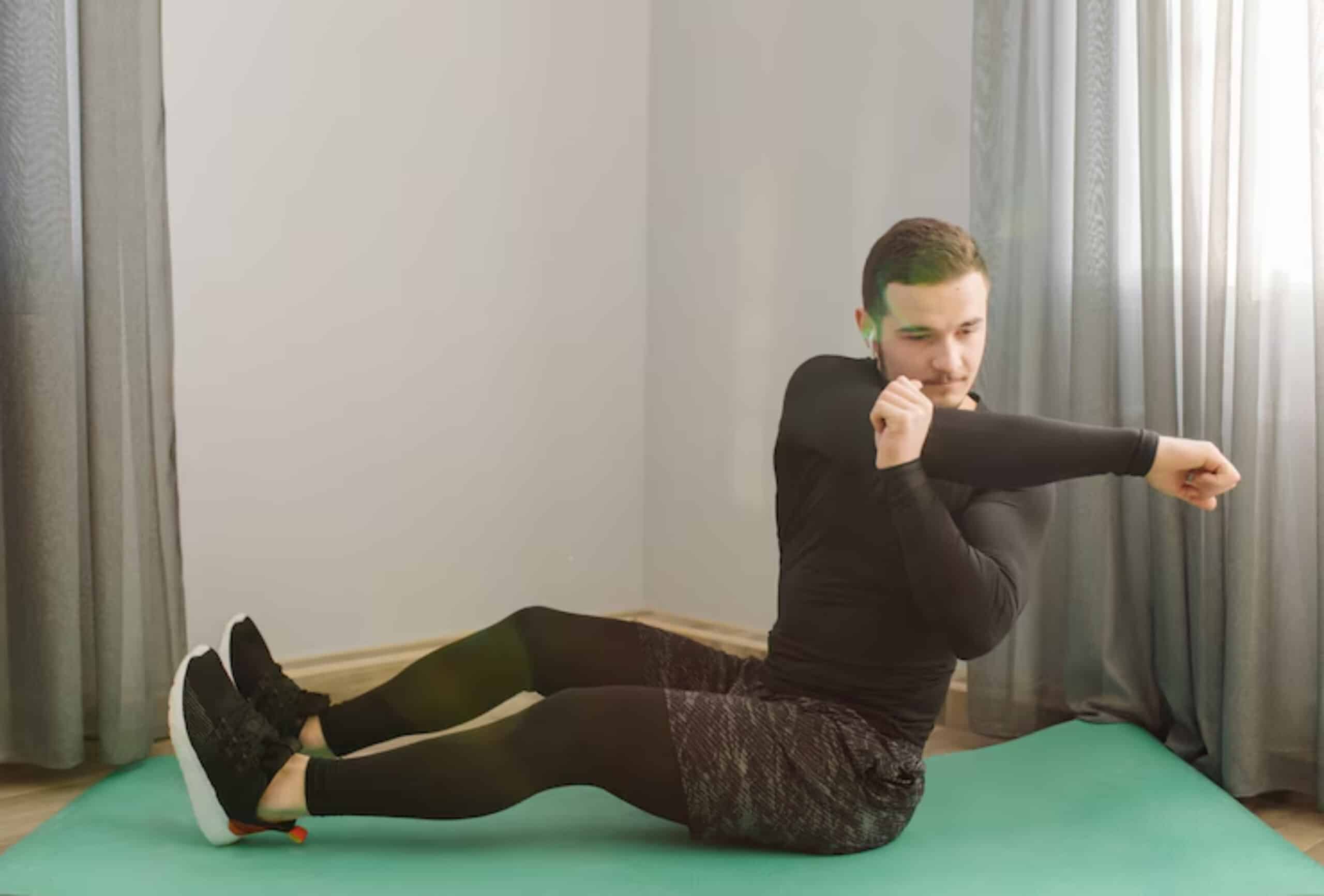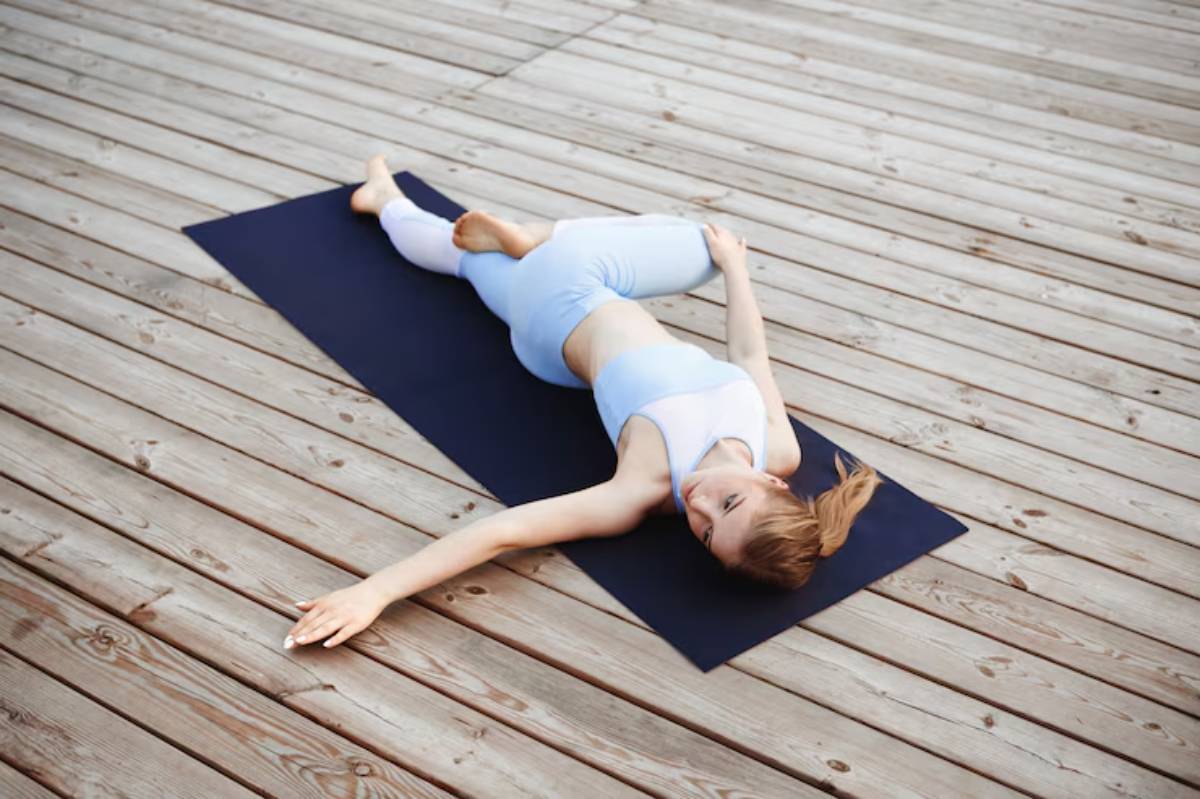
Active Recovery Yoga for Strength Athletes
If you’re serious about strength, you already know the importance of lifting heavy, eating well, and getting enough sleep. But what if there’s a missing link holding you back from greater gains, fewer injuries, and faster progress?
Meet active recovery yoga: the strength athlete’s secret weapon. Designed to help you maintain mobility, ease muscle tension, and stay consistent without burnout, this practice is more than stretching. It’s purposeful movement that supports your performance between lifts.
In this detailed guide, you’ll discover:
- The science behind recovery
- Why active yoga outperforms passive rest
- The best poses and flows for lifters
- How to structure a recovery yoga routine
- Breathwork, mindset, and mobility strategies for long-term progress
Let’s build strength by working smarter, not harder, every single day.
Why Strength Athletes Need Active Recovery
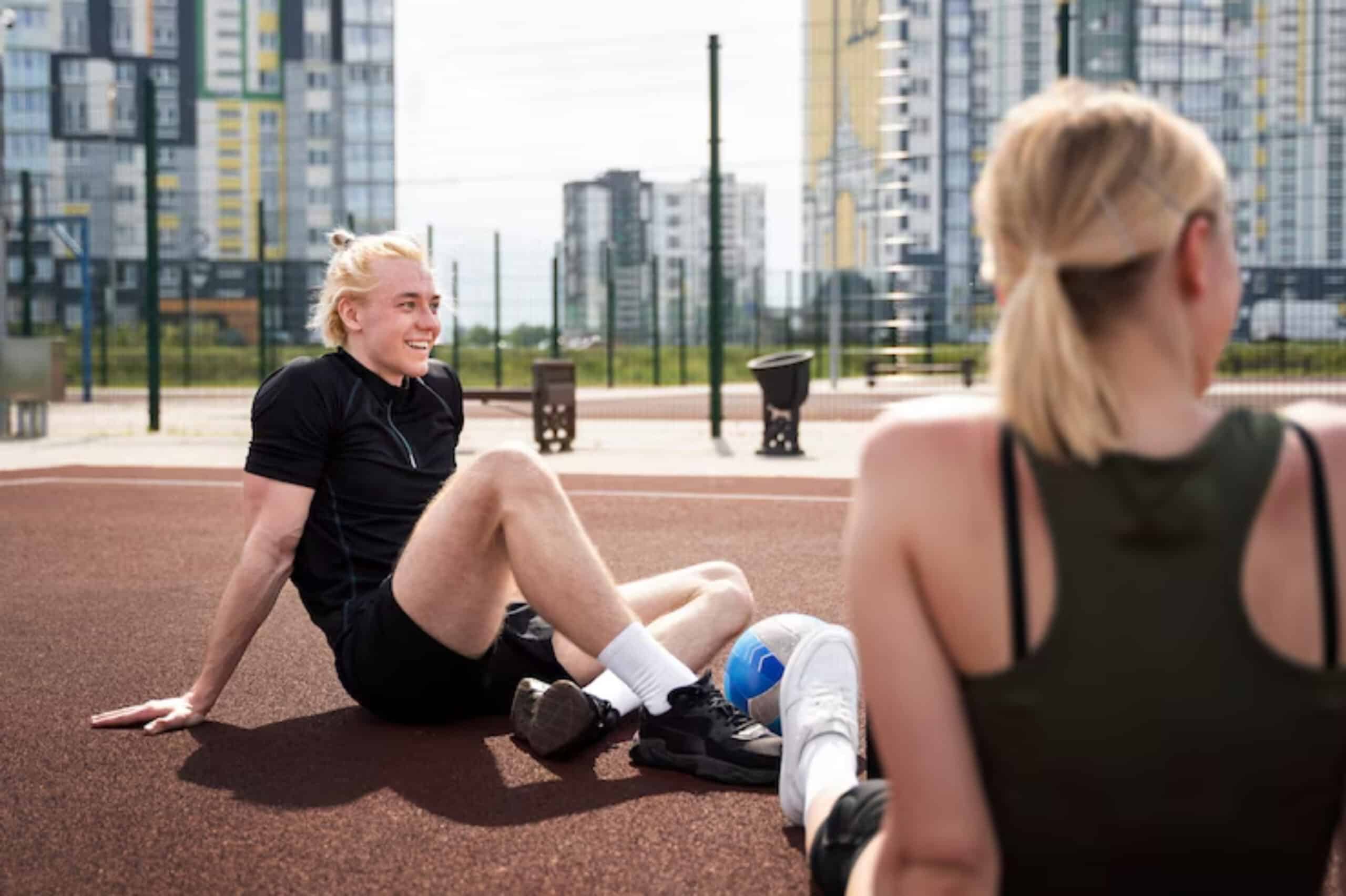
Recovery Isn’t Just Rest
When you crush a heavy session, your muscles go through micro-trauma. Rest is where growth and repair happen, but that doesn’t mean doing nothing. Active recovery boosts the healing process by:
- Increasing blood flow and nutrient delivery
- Reducing muscle stiffness and inflammation
- Promoting joint lubrication
- Supporting neurological reset after high-intensity exertion
Yoga Enhances Athletic Recovery
Unlike static stretching or passive foam rolling, yoga:
- Uses full-range functional movement
- Builds mobility and stability simultaneously
- Trains mind-muscle awareness
- Regulates the nervous system through breath
Think of yoga as your body’s software update between lifting “hardware” sessions.
Strength Gains Need Mobility
Many athletes ignore flexibility until it becomes a problem. But restricted range of motion can:
- Limit lift depth (e.g. squats, deadlifts)
- Alter form and mechanics
- Increase the risk of joint strain
Yoga between workouts helps maintain optimal mobility so your lifts stay clean, deep, and injury-free.
How Active Recovery Yoga Works
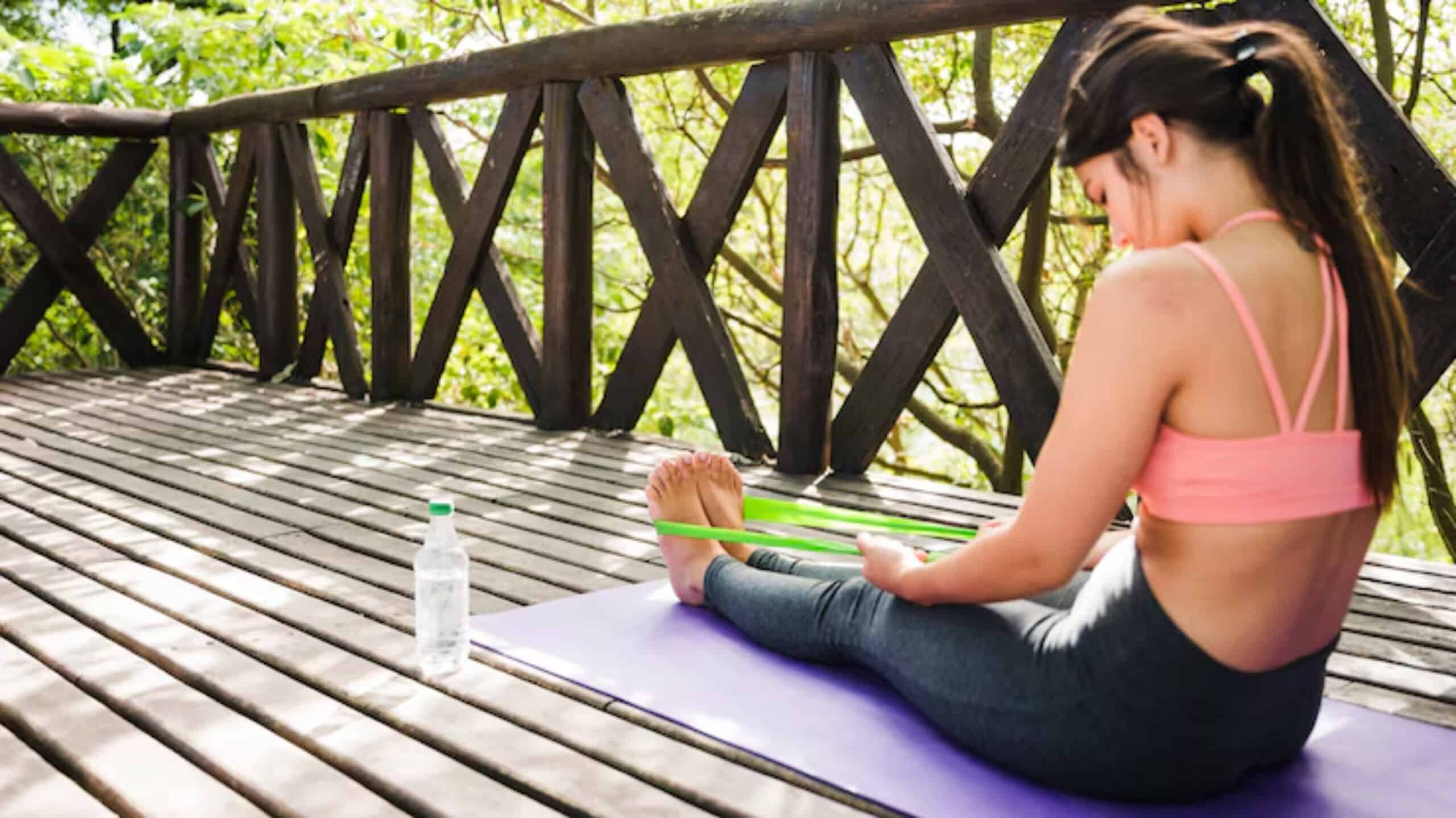
Key Principles
- Low-intensity effort (below 60% of max heart rate)
- No muscular failure or fatigue
- Dynamic and static poses with controlled breath
- Focus on balance, stability, and alignment
This isn’t a workout. It’s a mobility-focused recovery tool.
When to Practise
- The day after intense strength training
- Mid-week active recovery day
- Before bed, for nervous system down-regulation
Top Poses for Strength Rest Yoga
These poses support areas most taxed by strength work: hips, shoulders, spine, and hamstrings.
1. Low Lunge (Anjaneyasana)
Why: Opens hip flexors after squats or deadlifts
Tip: Engage glutes to deepen the stretch without strain
2. Half Split (Ardha Hanumanasana)
Why: Lengthens hamstrings, aids hinge mechanics
Tip: Keep spine long and front foot flexed
3. Lizard Pose (Utthan Pristhasana)
Why: Deep hip opener, glute and quad release
Tip: Use blocks if hands don’t reach the ground
4. Puppy Pose (Uttana Shishosana)
Why: Opens shoulders, thoracic spine, lats
Tip: Keep hips above knees for optimal stretch
5. Thread the Needle (Supine Figure Four)
Why: Targets glutes, piriformis, lower back
Tip: Relax your shoulders and breathe deeply
6. Reclined Twist (Supta Matsyendrasana)
Why: Decompresses spine, hydrates vertebral discs
Tip: Anchor both shoulders to the mat
7. Seated Forward Fold (Paschimottanasana)
Why: Releases backline (spine, glutes, calves)
Tip: Don’t force depth; support knees if needed
8. Bridge Pose (Setu Bandhasana)
Why: Strengthens glutes and back while decompressing hips
Tip: Try dynamic lifts for added blood flow
Complete Yoga Between Workouts Routine (30 Minutes)
This recovery yoga routine is designed to restore, not exhaust. You can modify duration and intensity based on your training load.
Warm-Up (5 Minutes)
- Breath Awareness (1 min)
- Cat-Cow (2 mins)
- Downward Dog + Pedal Feet (2 mins)
Strength Recovery Flow (20 Minutes)
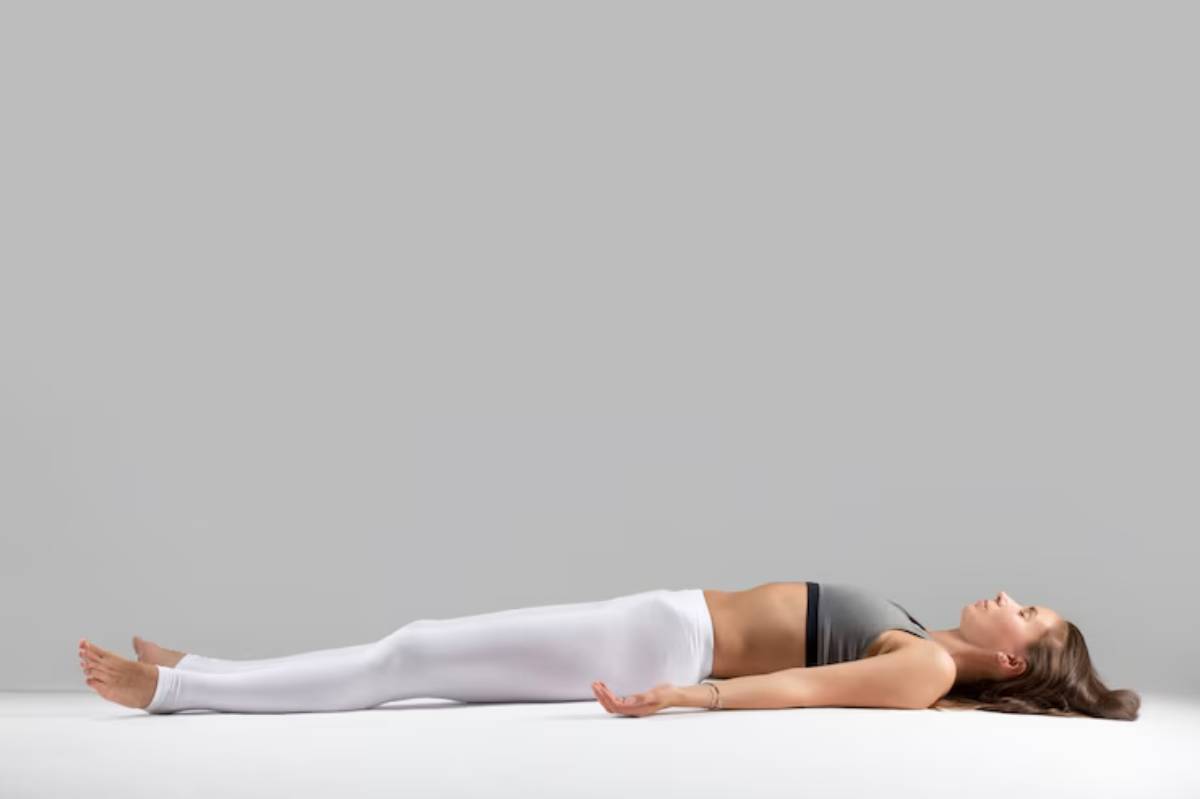
- Low Lunge to Half Split (1 min per side)
- Lizard Pose (1 min per side)
- Bridge Pose with Pulses (1 min)
- Puppy Pose (2 mins)
- Thread the Needle (1 min per side)
- Seated Forward Fold (2 mins)
- Supine Twist (1 min per side)
- Savasana (3 mins)
Want to ease deeper soreness? Pair this with Yoga for Muscle Recovery After Lifting Weights.
Breathing Techniques for Recovery
Your breath is your built-in recovery tool.
Try This: Box Breathing
- Inhale: 4 counts
- Hold: 4 counts
- Exhale: 4 counts
- Hold out: 4 counts
Repeat for 2–3 minutes to reduce stress hormones and deepen relaxation.
Nasal Breathing in Poses
- Inhale through the nose, expand the belly
- Exhale slowly, release muscular tension
This supports parasympathetic activation and clears carbon dioxide from tight tissues.
Common Mistakes to Avoid
- Forcing deep stretches: You’re recovering, not testing range
- Skipping breath: Recovery is neurological as well as muscular
- Holding tension in the face or shoulders
- Rushing through: Stay at least 30 seconds per pose for the benefit
Real-Life Results from Strength Athletes
Maya, 36, Powerlifter “My bench press improved after I started opening my shoulders with puppy pose and twist flows twice a week.”
Alex, 42, CrossFit Coach: “I used to skip recovery days. Now I use this flow every Wednesday. It gives me less joint pain and more energy.”
Dev, 29, Amateur Strongman. “I thought yoga was too soft for me. But this routine saved my squat mobility. It’s part of my long-term game plan now.”
How to Make Active Recovery Stick
- Schedule it like you do your training
- Keep it simple: no more than 30 minutes
- Use a playlist or calming audio for a habit cue
- Track how your lifts feel after each session
- Create a post-lift ritual that includes yoga, hydration, and downtime
You don’t need to become a yogi. Just stay consistent.
Conclusion: Train Hard, Recover Intelligently
You’re already putting in the work. Now it’s time to support it with smart recovery. With strength rest yoga, you gain:
- Better movement quality
- Faster recovery times
- Enhanced longevity in training
- A stronger connection to your own body
Whether you’re aiming for a new PR or building strength sustainably, yoga between workouts is how you stay mobile, mindful, and resilient.
Try this active recovery yoga flow after your next big lift. Feel the difference, then come back and tell us how it went. Leave a comment, tag your stretch, or share your journey.
